
AeroGenie — Your Intelligent Copilot.
Trending
Categories
Aviation Expert Reviews AAIB Preliminary Report on Air India Flight AI-171 Crash, Challenges Pilot Error
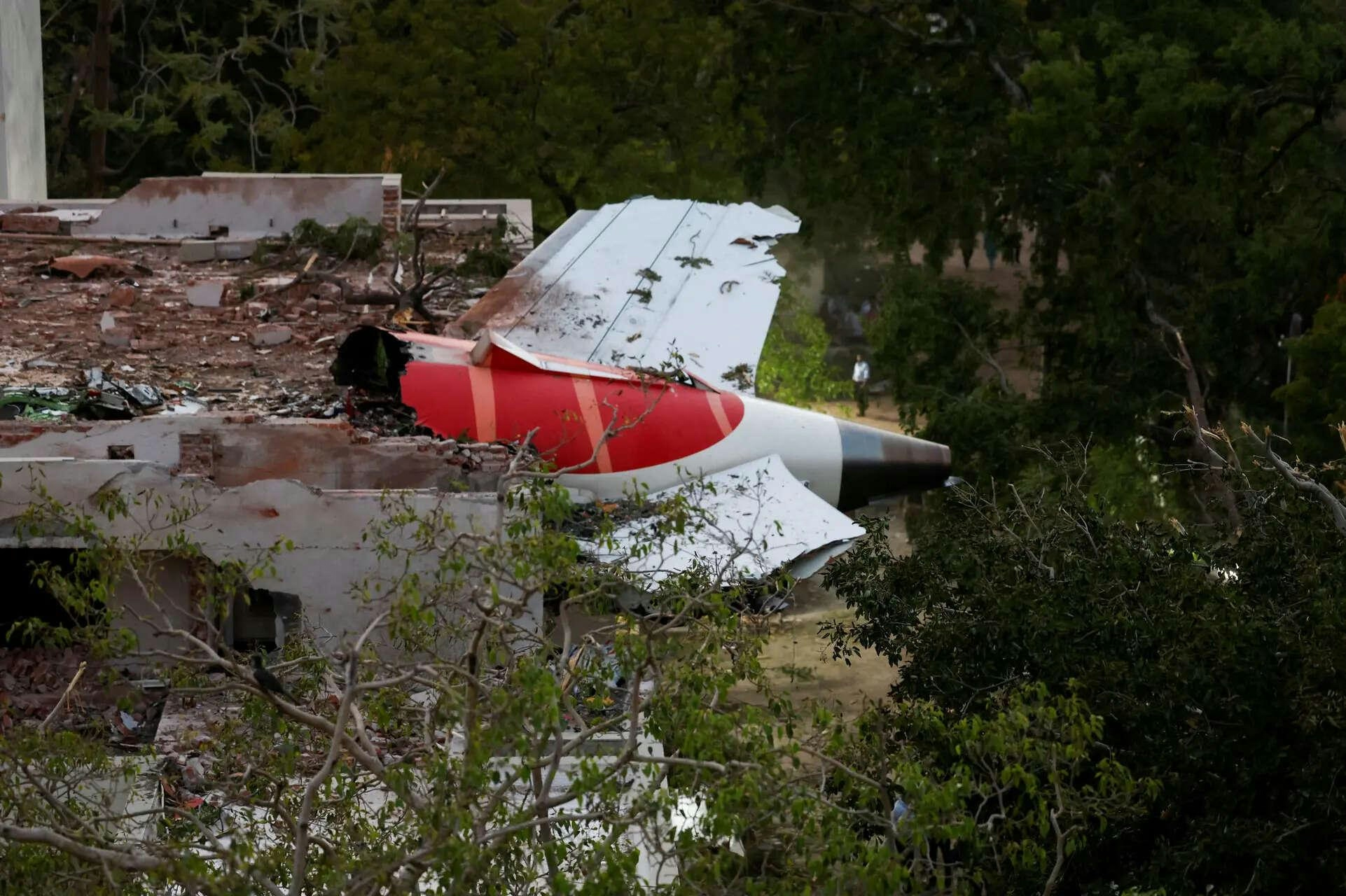
Aviation Expert Reviews AAIB Preliminary Report on Air India Flight AI-171 Crash, Challenges Pilot Error
The Aircraft Accident Investigation Bureau (AAIB) has published its preliminary report on the crash of Air India Flight AI-171, a Boeing 787, which occurred near Ahmedabad. The report sheds light on the critical moments leading up to the accident, revealing cockpit communications and technical data that are expected to influence the ongoing inquiry.
Sequence of Events and Initial Findings
According to the AAIB, the incident unfolded rapidly within 90 seconds of takeoff. Both engines experienced an unexpected loss of power during the initial climb, resulting in a catastrophic loss of thrust and a subsequent rapid descent. The aircraft’s Enhanced Airborne Flight Recorder captured an urgent exchange between the pilots, with one asking, “Why did you cut off?” and the other responding, “I did not.” This dialogue has drawn attention to the possibility of pilot error, although the full context remains under investigation.
Commercial pilot Rajiv Pratap Rudy, speaking to the media on July 12, emphasized key aspects of the preliminary analysis. He noted that the aircraft took off normally and that the jet fuel switch was correctly positioned. The pilots reported a decrease in engine power shortly after takeoff, and despite their efforts to relight the engines, the cause of the flameout remains unclear. Rudy stressed that further investigation is necessary to determine the precise reasons behind the engine failure and the sequence of events that followed.
Implications for Air India and the Aviation Sector
The preliminary report’s suggestion that fuel supply to the engines was interrupted prior to the crash raises questions about potential pilot error. However, aviation experts urge caution in drawing definitive conclusions until the full investigation is complete. The AAIB is expected to consider a range of factors, including mechanical failure, procedural errors, and human factors.
The crash has significant ramifications for Air India, which now faces increased scrutiny regarding its safety protocols and operational procedures. Industry analysts warn that the incident could damage the airline’s reputation, potentially leading to operational challenges and diminished passenger confidence. Competitors may seek to leverage the situation by highlighting their own safety records.
Beyond Air India, the broader Indian aviation sector is likely to encounter heightened regulatory oversight. Authorities may reassess existing safety standards and enforcement mechanisms in response to the crash. The incident could also impact inbound tourism and business travel, with possible consequences for India’s aviation ambitions and economic growth.
As the investigation progresses, the aviation community and the public await further information that will clarify the causes of the crash and guide future safety improvements.
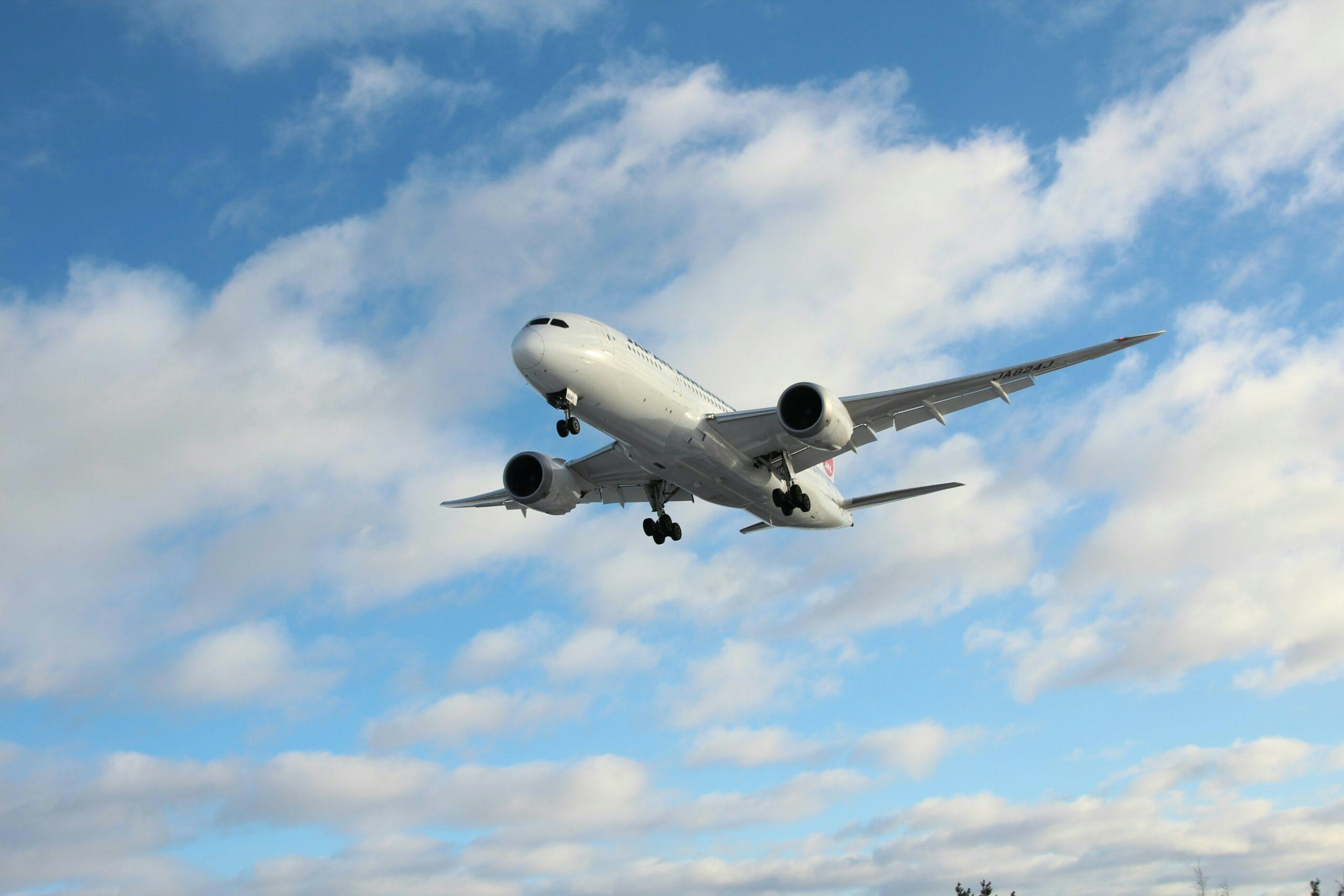
Warburg Pincus Acquires Hong Kong-Based Topcast Aviation Supplies

FTAI Aviation Shares Rise 6.3% Following AI Partnership with Palantir

Airports Innovate 2025 Shapes the Future of Aviation
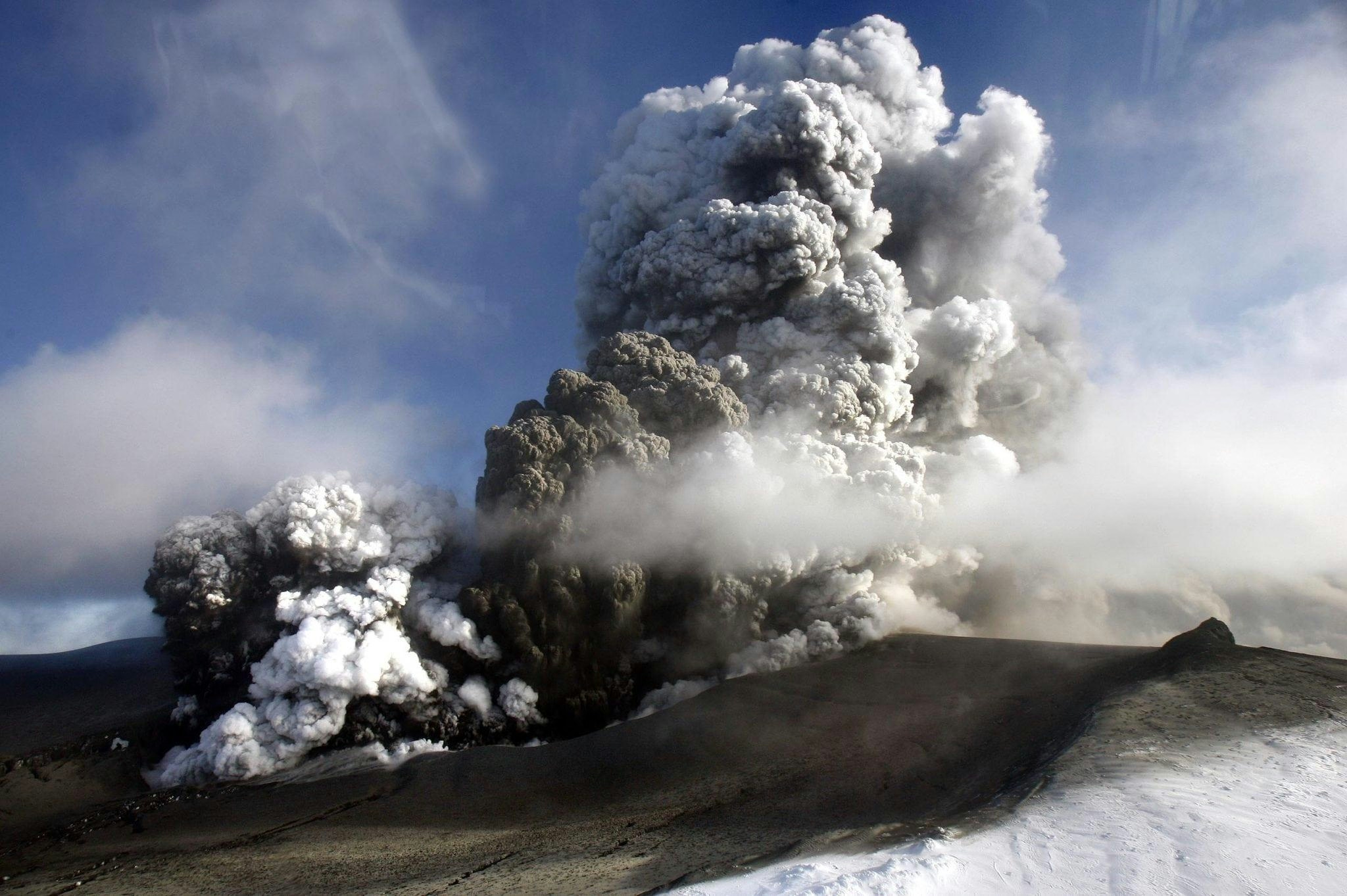
How Volcanic Ash Disrupts Aircraft Engines

Ethiopia Volcanic Ash Plume Poses Risk to Aviation, DGCA Issues Warning
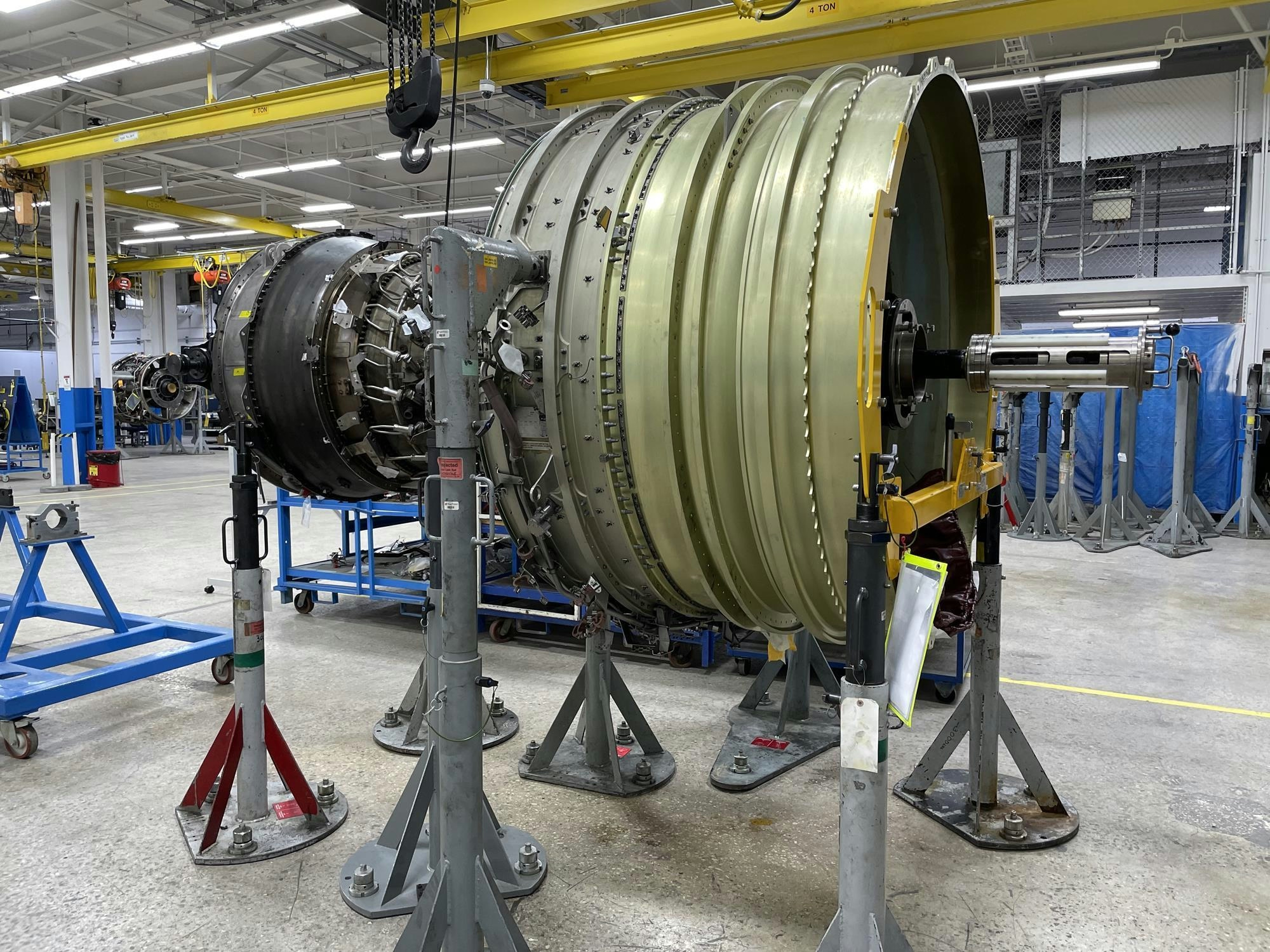
SIA Engineering and Safran to Expand LEAP Engine Maintenance Partnership
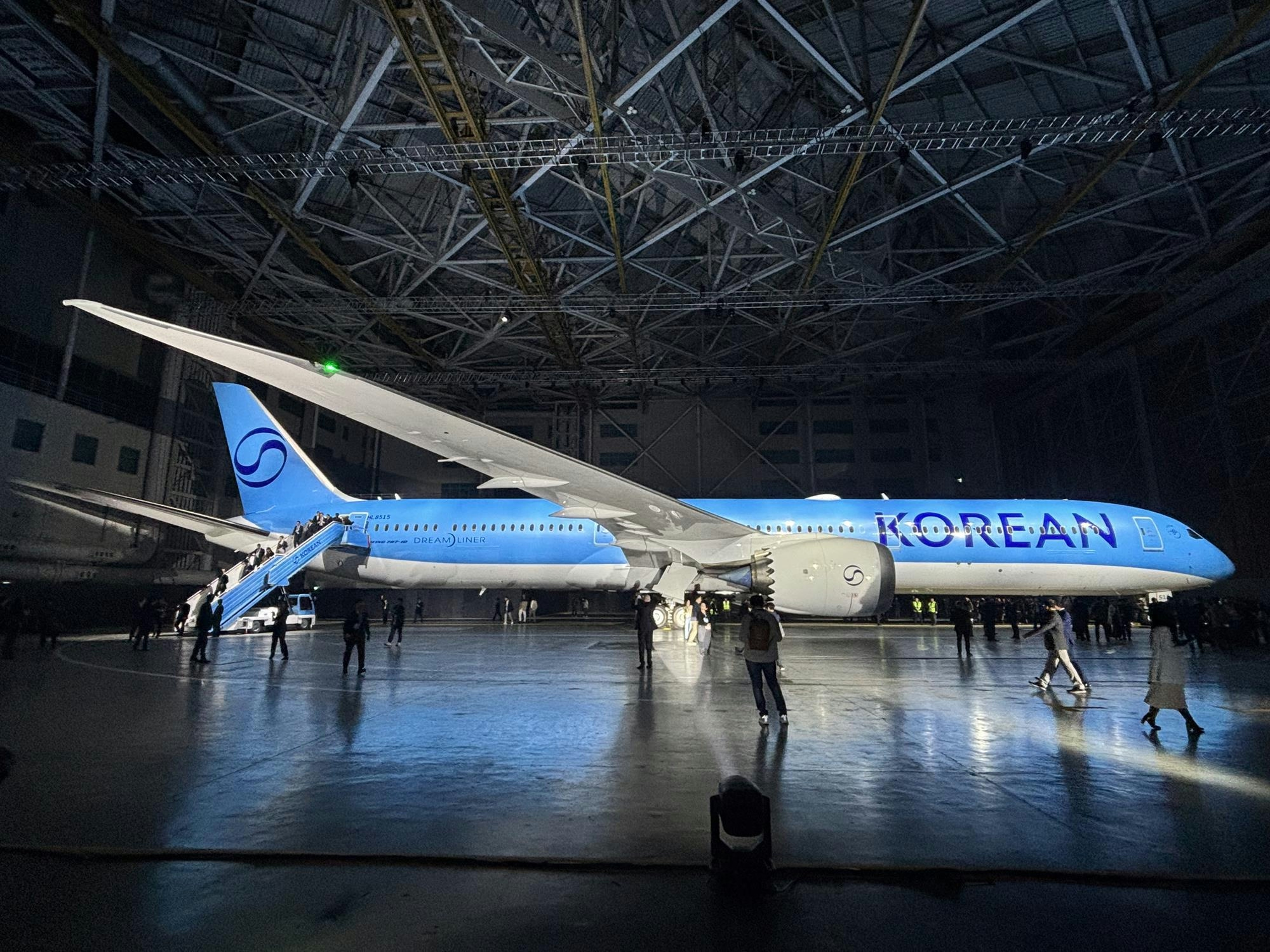
Korean Air to Build New MRO Facility at Seoul Incheon Airport

The Continued Importance of Charter Flight Cost and Time Estimators for Business Aviation
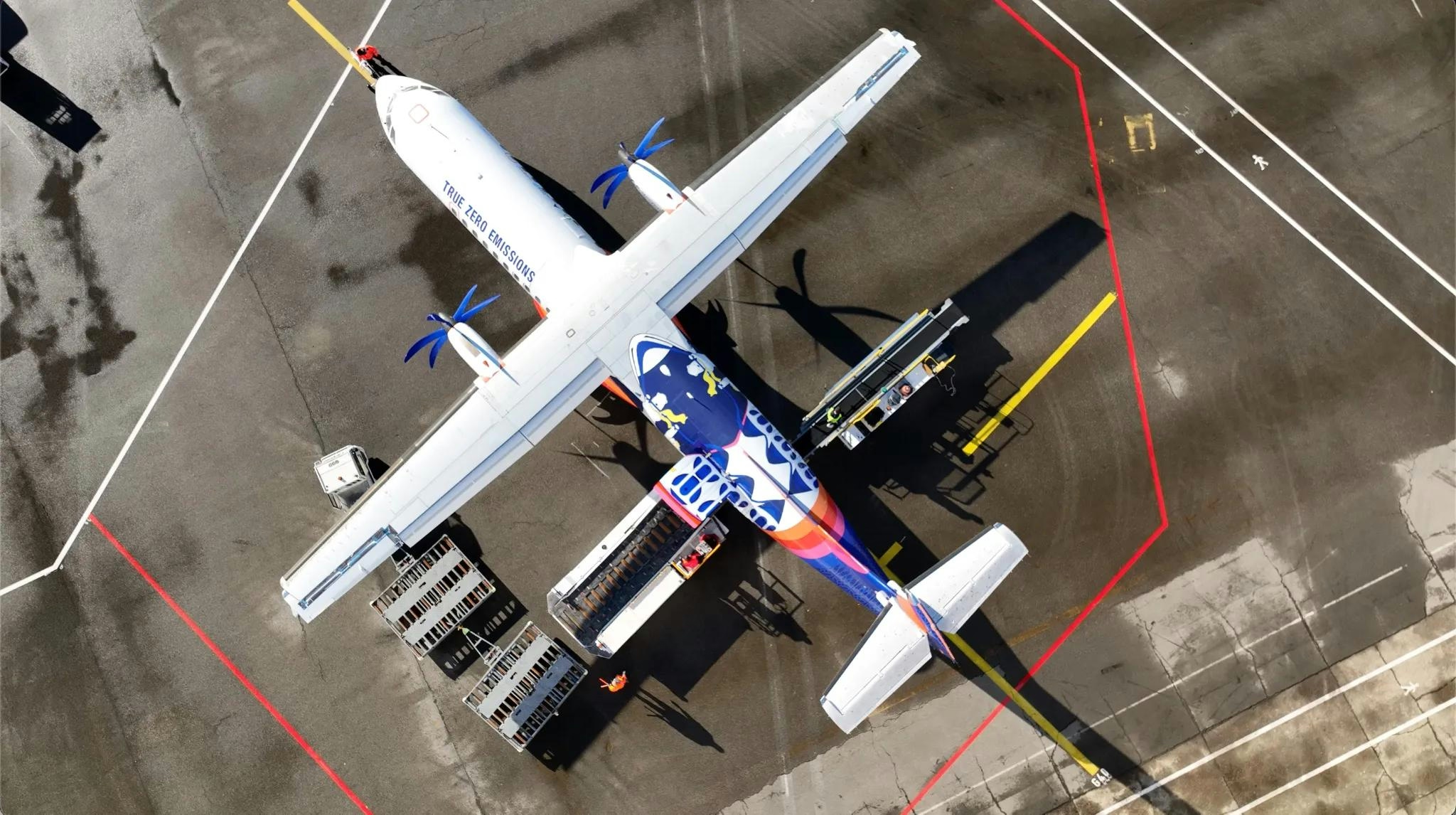
Pivot Airlines to Acquire First DHC-8-Q300 Aircraft
